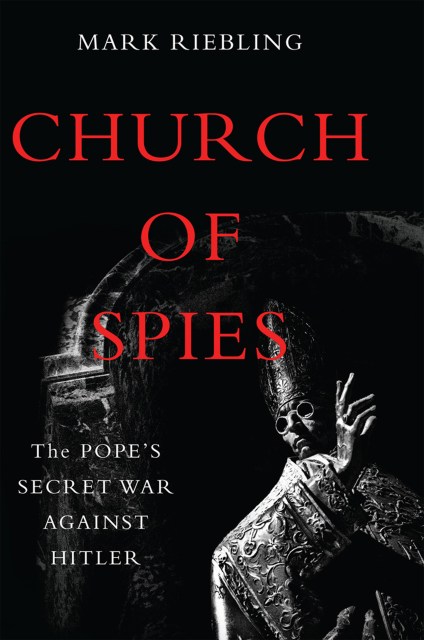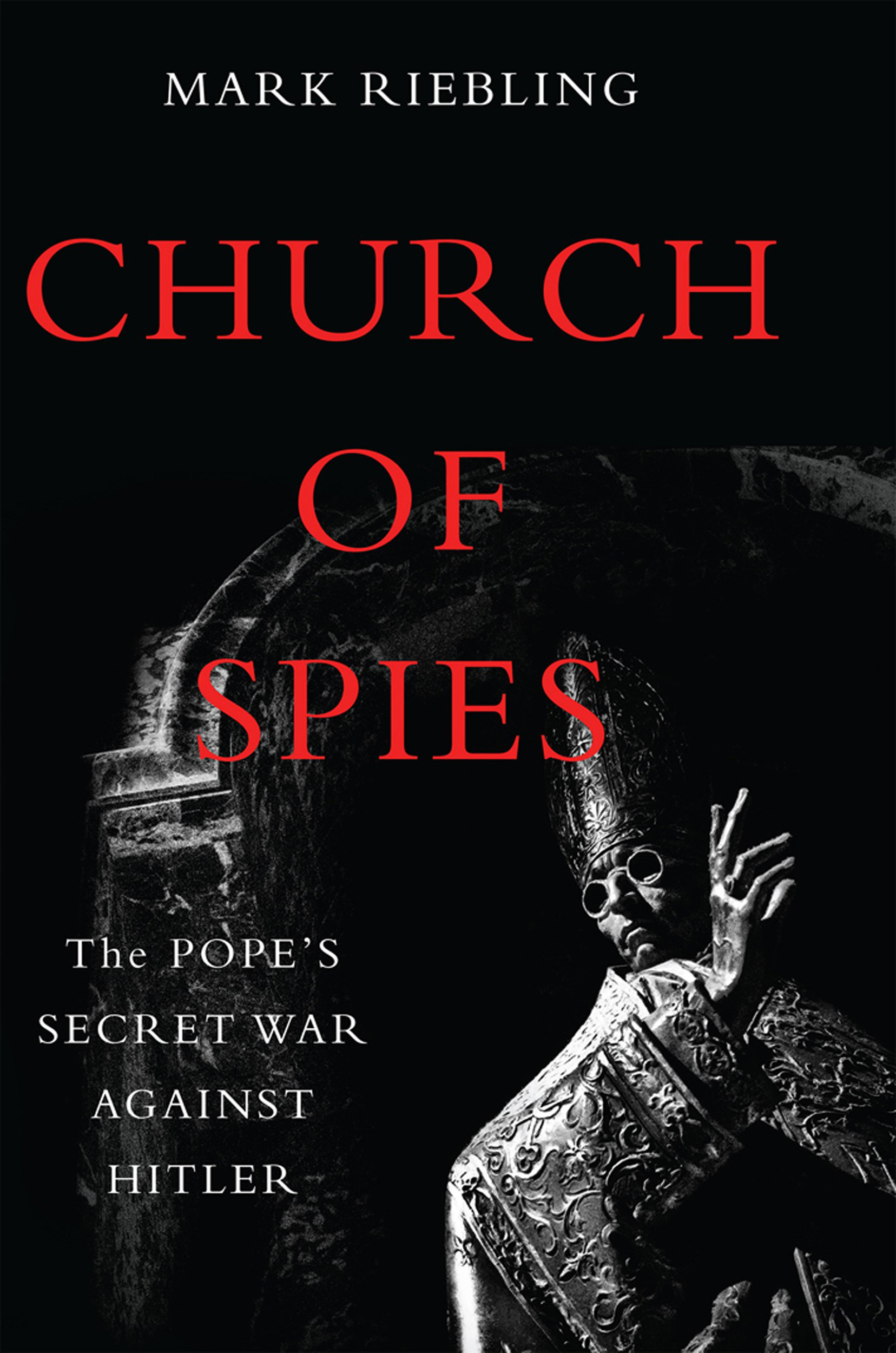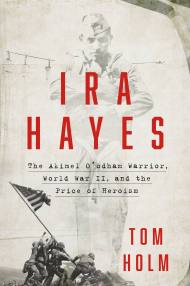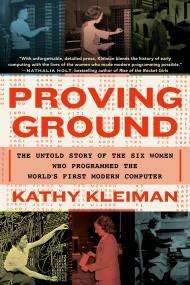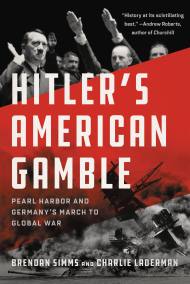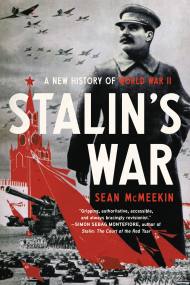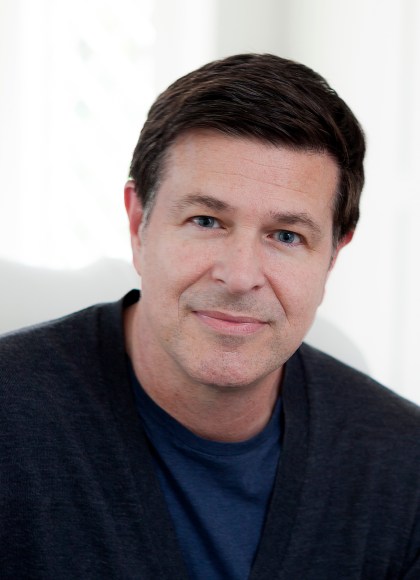Promotion
Use code MOM24 for 20% off site wide + free shipping over $45
Church of Spies
The Pope's Secret War Against Hitler
Contributors
Formats and Prices
Price
$12.99Price
$15.99 CADFormat
Format:
- ebook $12.99 $15.99 CAD
- Trade Paperback $17.99 $22.99 CAD
This item is a preorder. Your payment method will be charged immediately, and the product is expected to ship on or around September 29, 2015. This date is subject to change due to shipping delays beyond our control.
Also available from:
The Vatican’s silence in the face of Nazi atrocities remains one of the great controversies of our time. History has accused wartime pontiff Pius the Twelfth of complicity in the Holocaust and dubbed him “Hitler’s Pope.” But a key part of the story has remained untold.
Pope Pius in fact ran the world’s largest church, smallest state, and oldest spy service. Saintly but secretive, he sent birthday cards to Hitler — while secretly plotting to kill him. He skimmed from church charities to pay covert couriers, and surreptitiously tape-recorded his meetings with top Nazis. Under his leadership the Vatican spy ring actively plotted against the Third Reich.
Told with heart-pounding suspense and drawing on secret transcripts and unsealed files by an acclaimed author, Church of Spies throws open the Vatican’s doors to reveal some of the most astonishing events in the history of the papacy. Riebling reveals here how the world’s greatest moral institution met the greatest moral crisis in history.
Genre:
- On Sale
- Sep 29, 2015
- Page Count
- 384 pages
- Publisher
- Basic Books
- ISBN-13
- 9780465061556
Newsletter Signup
By clicking ‘Sign Up,’ I acknowledge that I have read and agree to Hachette Book Group’s Privacy Policy and Terms of Use
